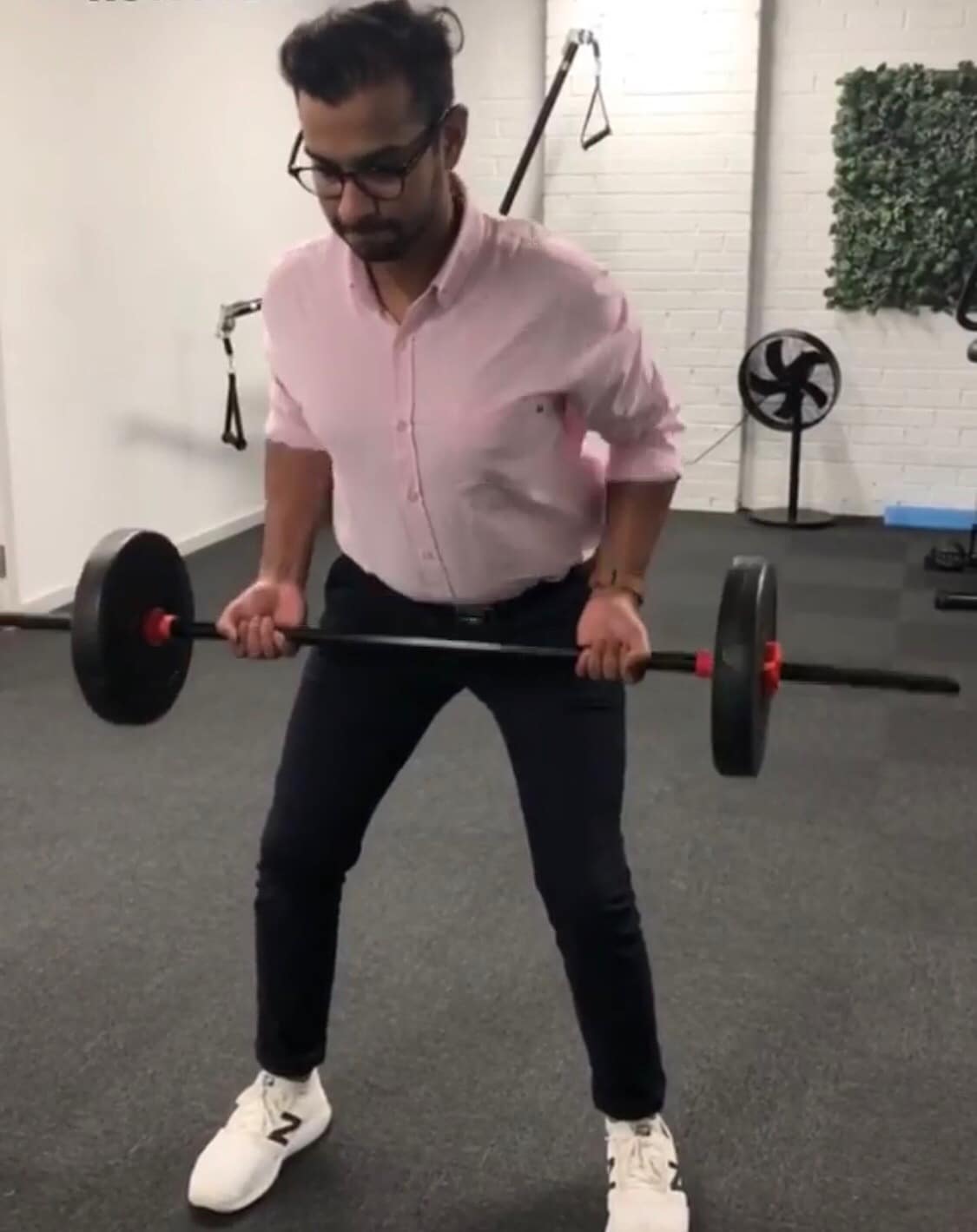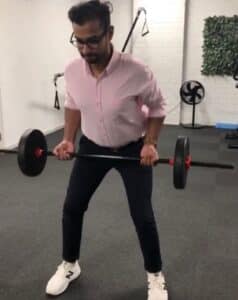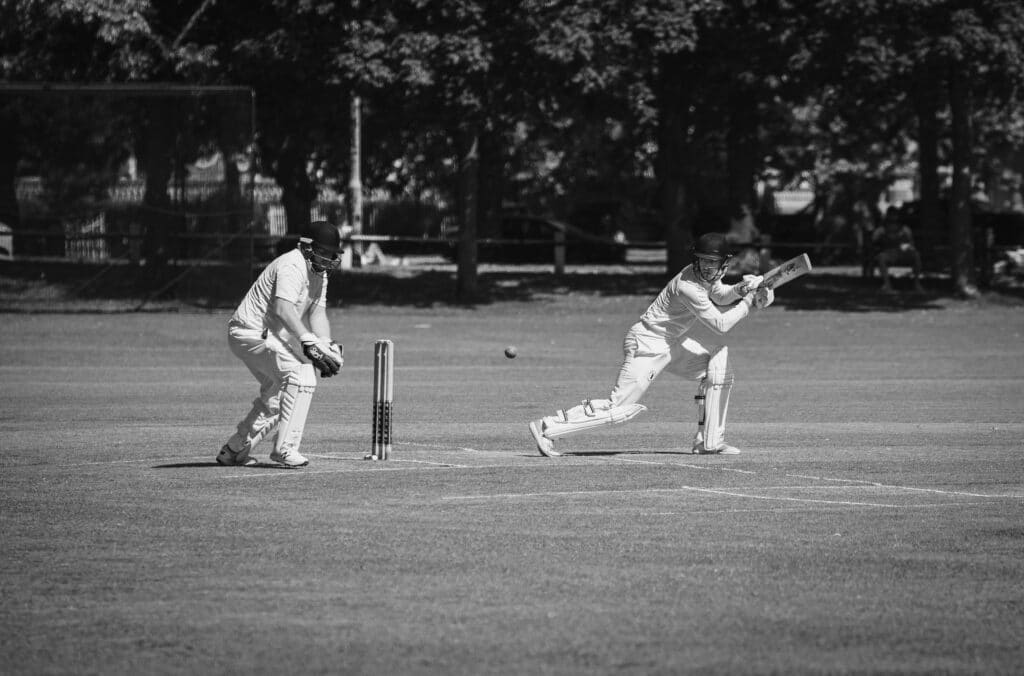What is overtraining?
What we’ll cover
- Overtraining or Overloading
- What is load?
- Why is load important?
- What happens to my body when I safely increase my loading?
- What happens when I increase my load too quickly or I ‘overtrain’?
- How can I tell if I am overtraining?
- Must dos when increasing load:
- How can physiotherapy help prevent overtraining?
What is overtraining?
Do you want to know the signs of overtraining? Our physiotherapist Tegan Skipworth explores the importance of increasing your training load safely.
Overtraining or Overloading
We know that exercise and physical activity is an important part of maintaining a healthy lifestyle and ones well-being. However, poor load management (too much, too little, too soon or too late) may be a reason for injury development or poor recovery from pain and injury.
If we increase our exercise (load) too quickly we are more likely to develop a soft tissue injury, e.g. tendon, muscle or stress reaction pathology. This circumstance then results in more time off of sport or needing to modify training/exercise habits.
What is load?
The easiest way to think about load is to consider it as exercise. It includes all physical activity that stresses the body and is not just limited to structured sports or training.
Load is broken up into internal vs external load
- Internal = HR, Rate of Perceived Exertion (RPE) or intensity
- External = Distance, surface, volume or time
All elements of load need to be considered when exercising in order to do it safely.
Why is load important?
Load is a contributing factor to non-contact soft tissue injuries in sport and exercise. Training load that is very high, too low or spikes can cause potential problems.
Building safely from low > moderate > high training loads is very important for injury prevention. The issue is getting to these high training loads. It is important to ensure that progressive loading is occurring within safe limits.
What happens to my body when I safely increase my loading?
Safe progressive overloading results in positive adaptive changes to the body. It stimulates muscle growth as well as the development of stronger and denser bones, ligaments, tendons and cartilage. It can also have a positive effect on the respiratory, cardiovascular and neurological systems.
Exercise and load will facilitate tissue healing when we are injured, e.g. tendon repair, bone following a stress reaction or muscle following a previous strain. The body does require a certain amount of rest for these physiological changes to occur.
What happens when I increase my load too quickly or I ‘overtrain’?
Overtraining or overloading occurs when the total volume of loading exceeds the body’s ability to recover. Overtraining is different to being tired post work out – the body’s systems are stressed to a point where they are unable to promote recovery from loading.
Physiological maladaptation or tissue breakdown will start to occur with continued overloading. This will result in changes in hormone levels or production, e.g. reduced testosterone and increase in cortisol (stress hormone). Cortisol will also contribute to fat storage.
Overtraining can see reduction in strength, co-ordination and endurance and will eventually lead to a decrease in performance or at the very least a plateau. Overall it is likely to result in pain or injury.
How can I tell if I am overtraining?
Look out for these common signs and symptoms:
- Persistent muscle soreness
- Persistent fatigue (different from being tired after exercise)
- Increased perceived effort during workouts
- Increased injuries or injuries that are not recovering
- Decreased performance
- Possible changes to sleep or mood
* Remember effects of overload are usually delayed and will occur anywhere from 1 – 2 weeks or 4 – 6 weeks post a rapid increase in training.
Must dos when increasing load:
- Avoid boom/ bust exercise habits or the all or nothing principle
- Aim to increase loading by ~ 10% per week to reduce injury risk
- Allow the body sufficient rest between loading days to ensure physiological recovery
- Seek advice from your physiotherapist, coach or sports trainer
- Remember consistency is key!
How can physiotherapy help prevent overtraining?
Your physiotherapist can provide an injury risk screen or musculoskeletal assessment. They can also develop an appropriate and progressive training program considering all current sport demands and goals.
Furthermore physiotherapist’s can provide cross-training or low impact options for individuals already in an injured or overtraining state. Physiotherapy offers education around injury prevention and management and will also provide tracking tools to allow safe self-progression after physiotherapy discharge.
If you want to avoid overtraining or treat your injury caused by overtraining or overloading, contact our friendly team on 9571 6888 or book online today.



